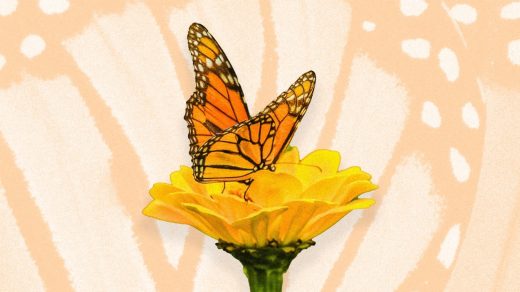Monarch butterflies have been classified as endangered, but we can save them from extinction
Monarch butterflies, the iconic and beloved butterfly that’s most recognized by children when they first learn of the species’ existence, have now been listed as endangered by the world’s foremost scientific authority in such classifications.
The designation has, sadly, been a long time coming, as monarch butterflies have for decades watched their natural habitats be culled by deforestation and climate change. Their numbers have gradually dwindled: The population of Western monarchs, which live west of the Rocky Mountains, fell by an estimated 99.8% between the 1990s and 2020.
But much of the devastation has boiled down to the loss of monarchs’ critical food source, the milkweed plant, which is the only plant they can eat as caterpillars to plump themselves up for the taxing transformation into butterflies.
That problem was wrought largely by American farming, which raised genetically modified crops to withstand herbicides like glyphosate, which was then sprayed across vast acreages of Midwestern field—thus destroying great swaths of the milkweed that caterpillars seek.
But on the bright side, we can still help their plight! Monarch experts are now calling upon the public to plant milkweed that’s native to their regions (meaning, for example, mostly swamp milkweed across the country, except for the far West, and no tropical milkweed, especially in the deep South).
Full-grown butterflies feed on nectar, experts add, so it can also help to plant any flowers native to the region that bloom during monarch season, which peaks during the summertime in most areas.
Fast Company , Read Full Story
(53)



